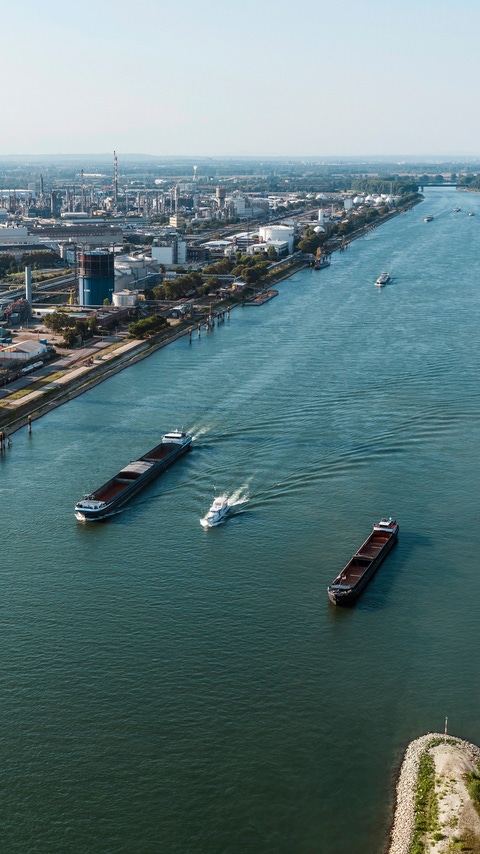Without the Rhine, industrial production in western Europe would collapse, as industrial corporations not only use the shipping lanes to turn around raw materials and products, but also use the river water as a supply of both cooling water and process water. And the Rhine is also essential for generating energy, as can be seen by the numerous coal, nuclear and hydroelectric power plants.
Nowadays, the entire catchment area of the Rhine, from Switzerland to the Netherlands, comprises around 60 million people across a total of nine different countries. For many of these people, the Rhine is the basis of life, it ensures jobs, and also provides opportunities to relax. Both from a political and economic standpoint, great efforts are being undertaken to maintain the ecosystem and flood protection system of the Rhine and continue improving them further.







